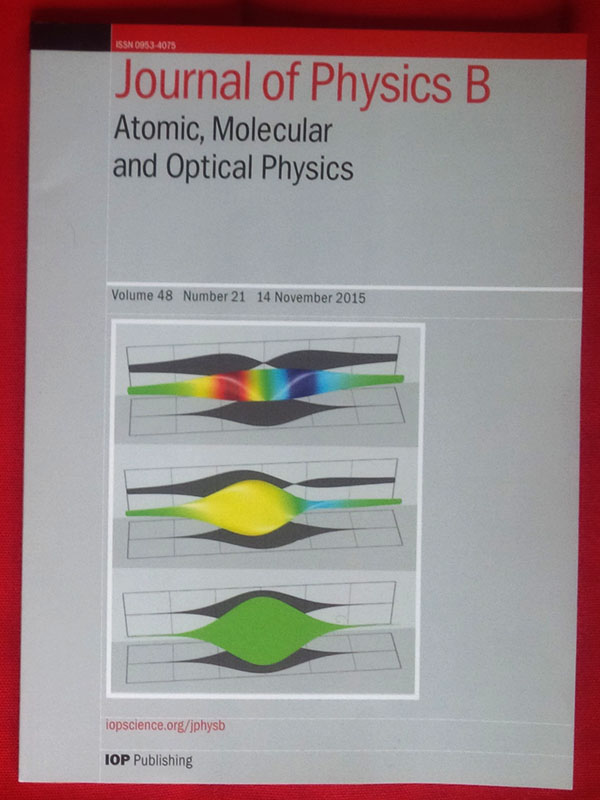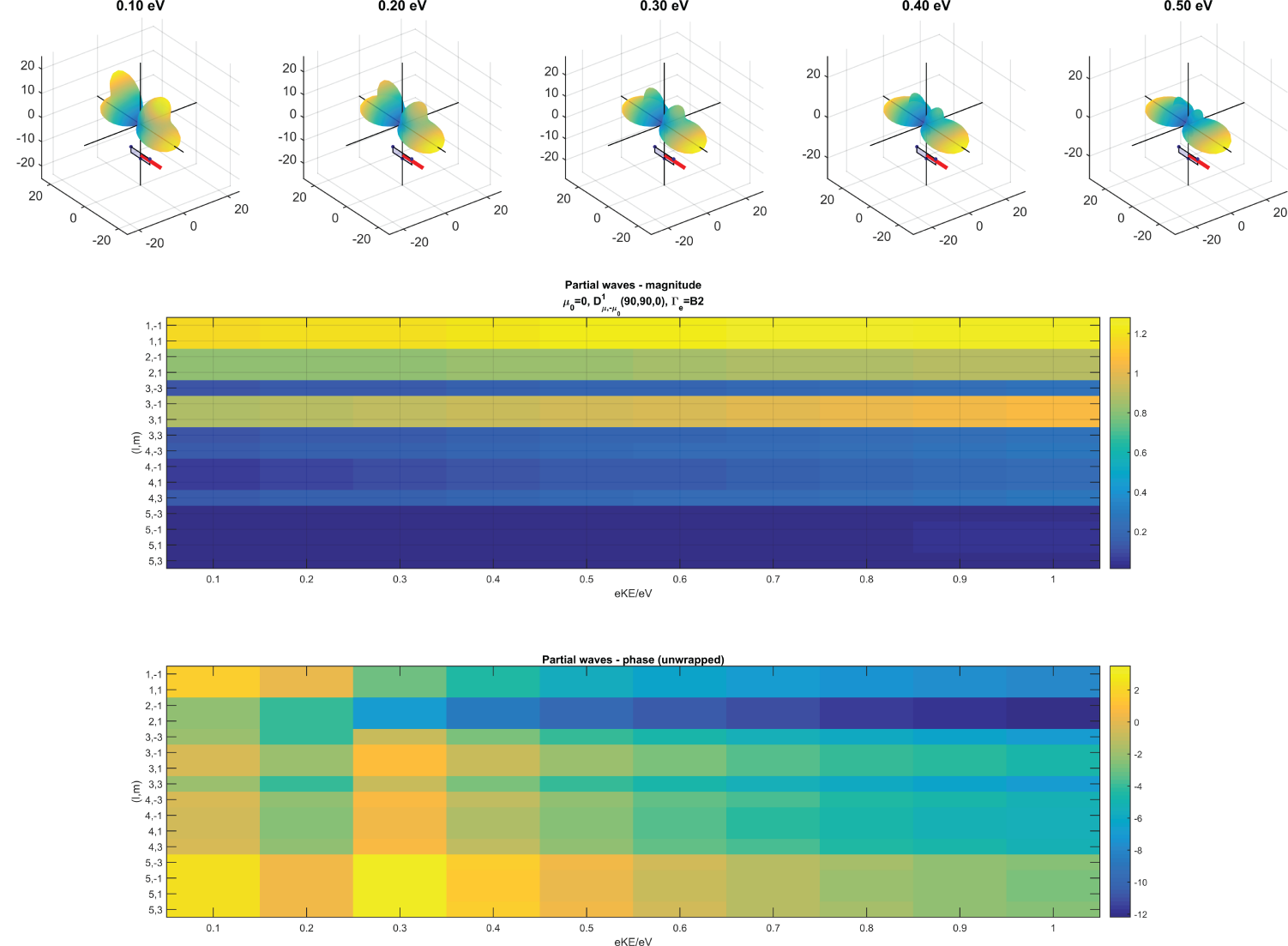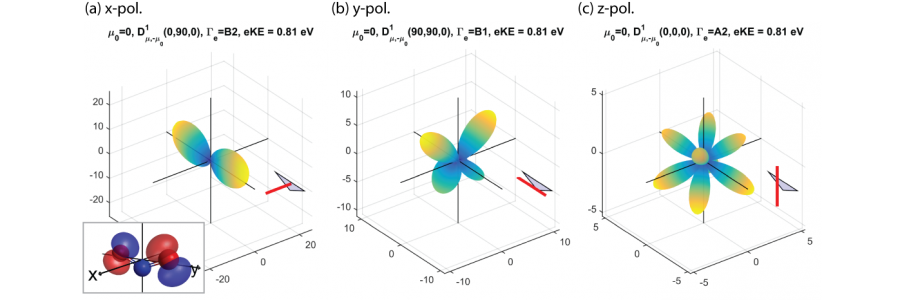Slides for Paul’s DAMOP talk are now available on figshare (DOI: 10.6084/m9.figshare.5049142).
Photoionization is an interferometric process, in which multiple paths can contribute to the final continuum photoelectron state. At the simplest level, interferences between different final angular momentum states are manifest in the energy and angle resolved photoelectron spectra: metrology schemes making use of these interferograms are thus phase-sensitive, and provide a powerful route to detailed understanding of photoionization [1]. At a more complex level, such measurements can also provide a powerful probe for other processes of interest, for example: (a) dynamical process in time-resolved measurements, such as rotational, vibrational and electronic wavepackets, and (b) in order to understand and develop control schemes [1]. In this talk recent work in this vein will be discussed, touching on “complete” photoionization studies of atoms and molecules with shaped laser pulses [1,2] and XUV [3], metrology schemes using Angle-Resolved RABBIT, and molecular photoionization dynamics in the time-domain (Wigner delays) [4].
[1] Hockett, P. et. al. (2015). Phys. Rev. A, 92, 13412. [2] Hockett, P. et. al. (2014). Phys. Rev. Lett., 112, 223001. [3] Marceau, C. et. al. (2017). Submitted. DOI: 10.6084/m9.figshare.4480349. [4] Hockett, P. et. al. (2016). J. Phys B, 49, 95602.
—
Update 29th June 2017 – a video of the talk is now also available.
Phase-sensitive Photoelectron Metrology – Dr. P. Hockett, presentation at DAMOP 2017 from femtolab.ca on Vimeo.












